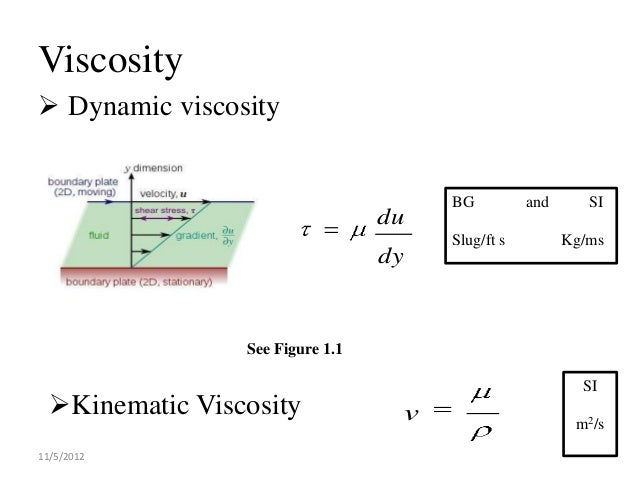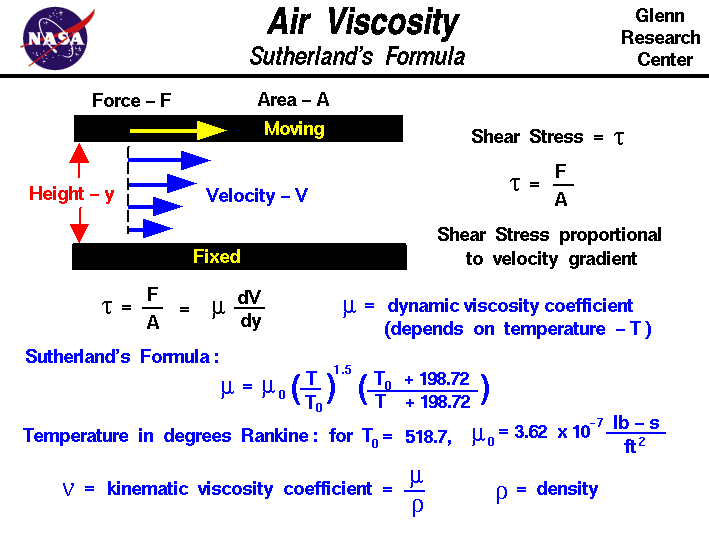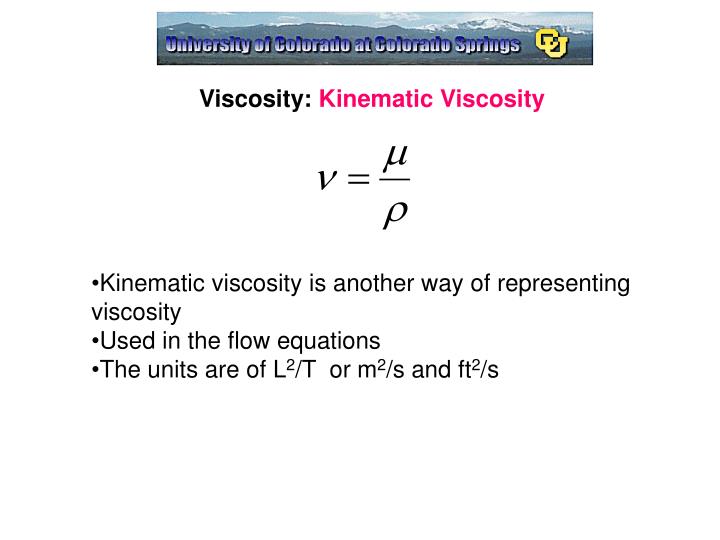

Since, the formula for coefficient of viscosity is given by, The meter-kilogram-second or MKS unit is: Kilogram per meter per second or The centimetre-gram-second or CGS unit of coefficient of viscosity, η is Hence the coefficient of viscosity is a measure of the resistance of the fluid to deformation at a given rate due to internal friction.

The SI unit of η is Newton-second per square meter (Ns. The coefficient of viscosity η is defined as the tangential force F required to maintain a unit velocity gradient between two parallel layers of liquid of unit area A. The viscosity of gas is less than the liquid viscosity.Įvery liquid has its specific viscosity and the measure of this attribute is called the coefficient of viscosity.

The difference in the stream of velocity between the adjacent layers of the fluid is measured in the velocity gradient. Where F is the tangential force required to maintain a unit velocity gradient between two parallel layers of liquid of unit area.ĭ is the distance between the two layers of liquid skidding over each other. Hence the coefficient of viscosity is given by, The ratio of the shearing stress to the velocity gradient of the fluid is called the coefficient of viscosity η. So, the higher the value of v/x, the more will be the viscous gradient. It is represented by v/x, where v is the velocity difference and x will be the difference of distance between the two layers. If more force is applied by the upper layer to move forward the more will be the viscous gradient. The viscous gradient is the difference in the velocity between the adjacent layer of the fluid. So in this article, we shall be learning about -Ĭoefficient of Viscosity Unit and Dimension So the faculty at Vedantu has holistically covered the topic keeping in mind the need of every student. The concept has significant importance for competitive exams like JEE and NEET. 1(b).Īs you can see in the figure.2 above, there is a variation in each horizontal layer of the liquid that is happening due to the presence of some internal friction (viscosity) between the layers of the fluid passing via two plates. 1 (a) shows an ideal or superfluid with no friction however, practically there is always some friction in the fluids as shown in the figure. So, viscosity is defined as the ratio of the force required to make adjacent layers of the liquid move over each other.įigure. In this case, honey is considered to be Viscous. You would note that the slowness of water was very quick whereas honey was not that easily movable. Come back and observe the flow of both the liquids. Notice that viscosity causes drag between layers as well as with the fixed surface.Put some drops of water on one side on a slanting surface and some drops of honey on the other. These resistive forces affect the way the fluid flows through the pipe.įigure 14.34 (a) Laminar flow occurs in layers without mixing. Friction also occurs between the different layers of fluid. For example, a fluid flowing through a pipe is subject to resistance, a type of friction, between the fluid and the walls. In this section, we introduce the forces of friction that act on fluids in motion. We explained that at low speeds, the drag is proportional to the velocity, whereas at high speeds, drag is proportional to the velocity squared. We also discussed drag and air resistance in that same chapter. Friction depends on the types of materials in contact and is proportional to the normal force. In Applications of Newton’s Laws, which introduced the concept of friction, we saw that an object sliding across the floor with an initial velocity and no applied force comes to rest due to the force of friction. Describe the conditions under which an object has a terminal speed.



 0 kommentar(er)
0 kommentar(er)
